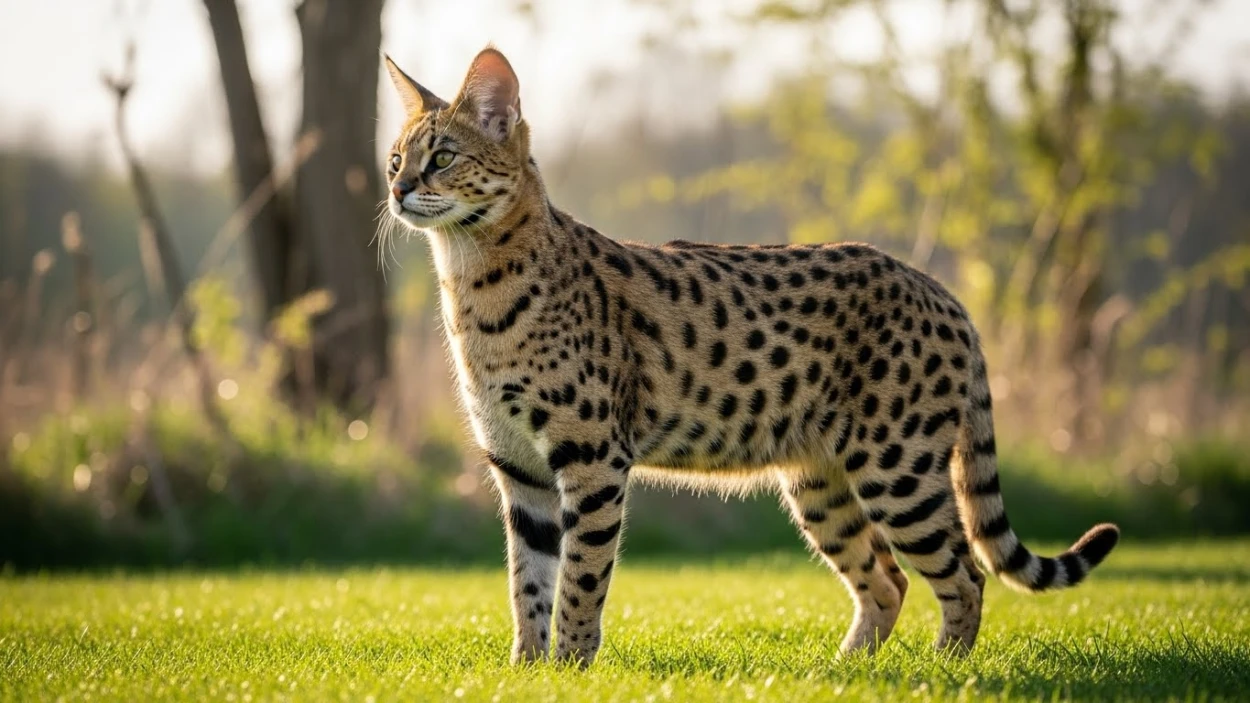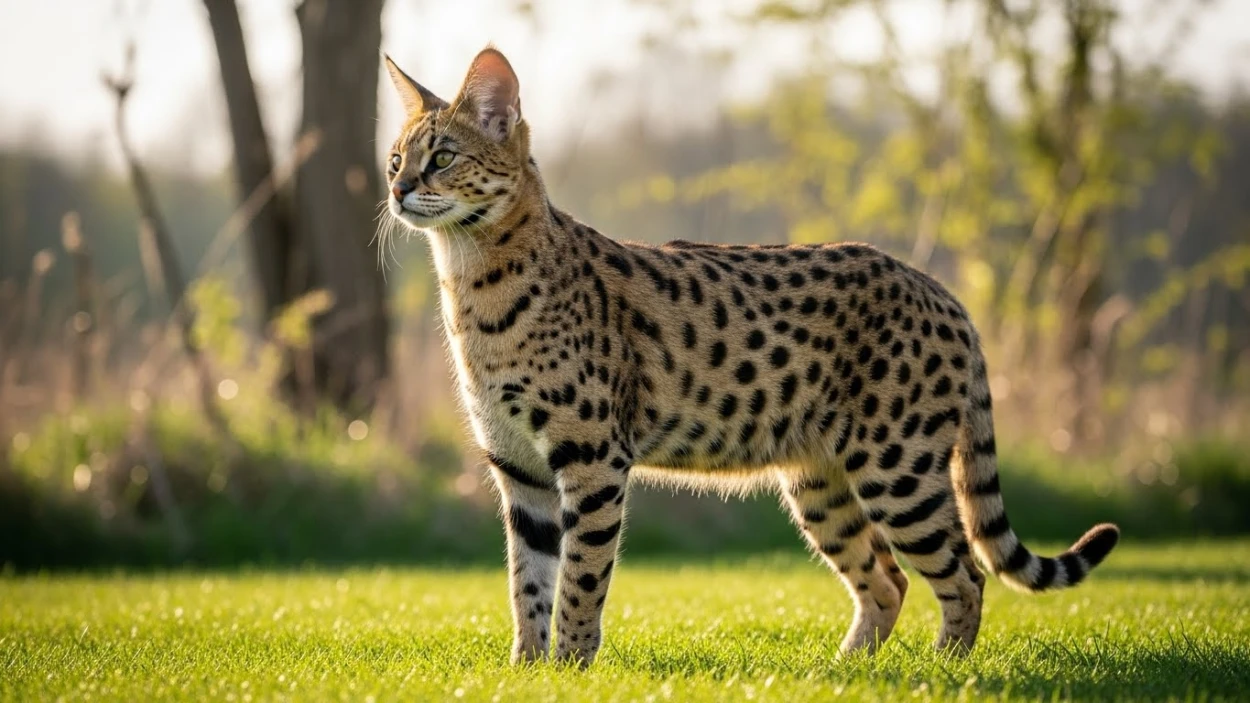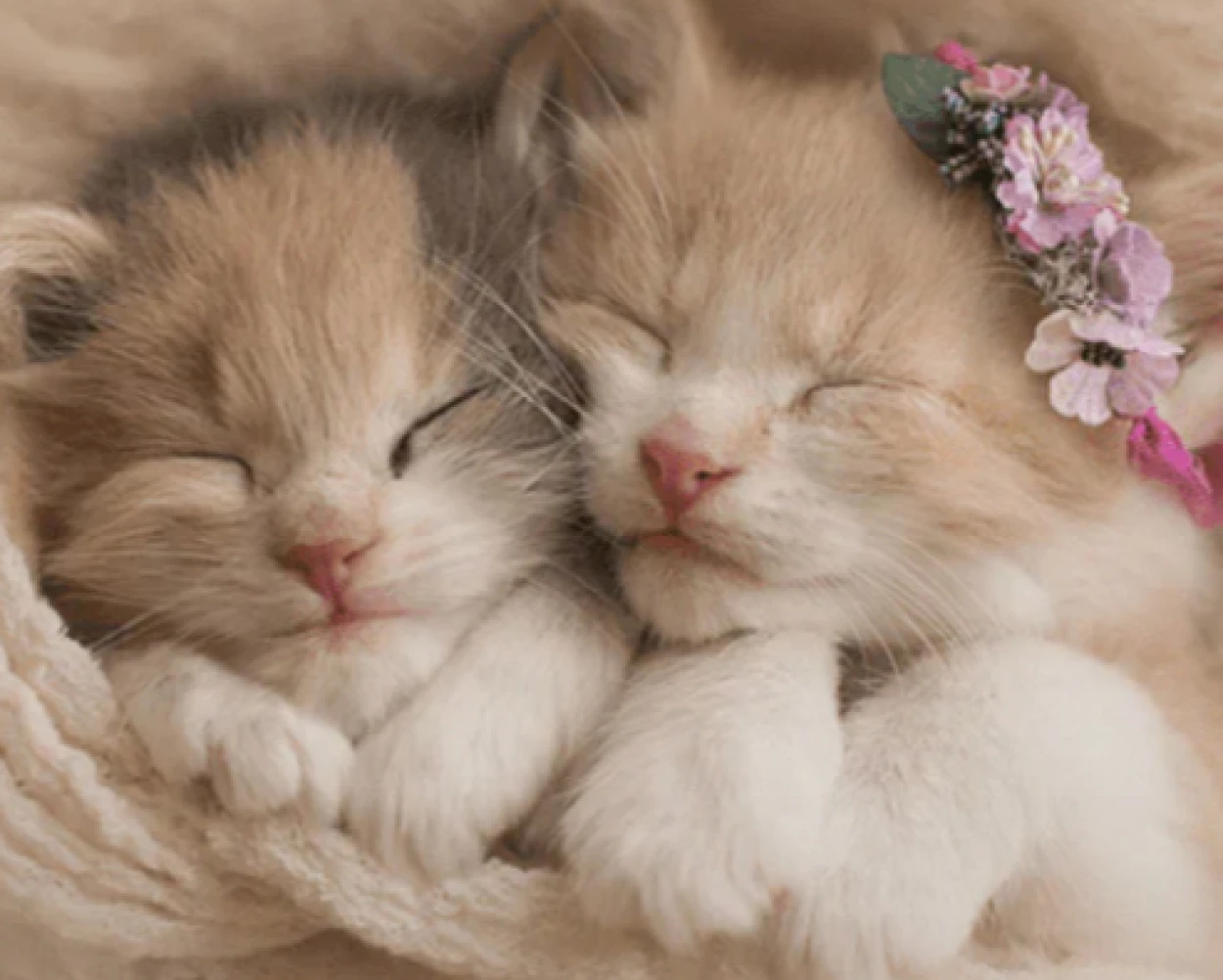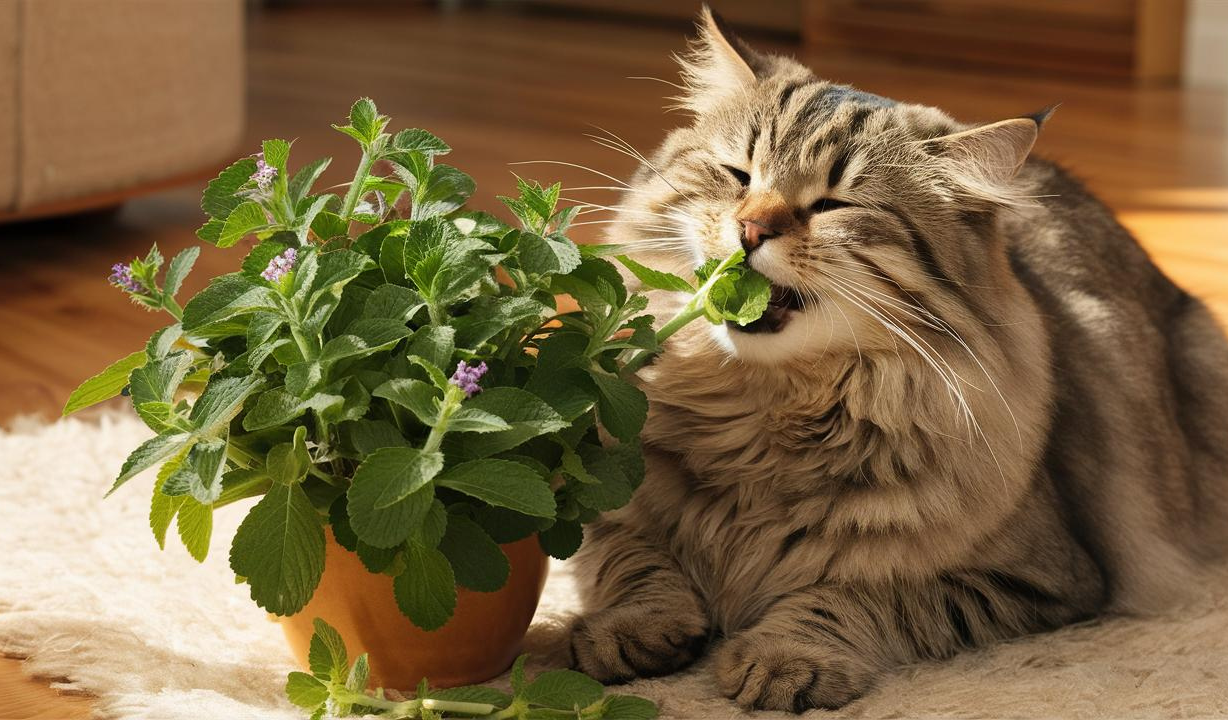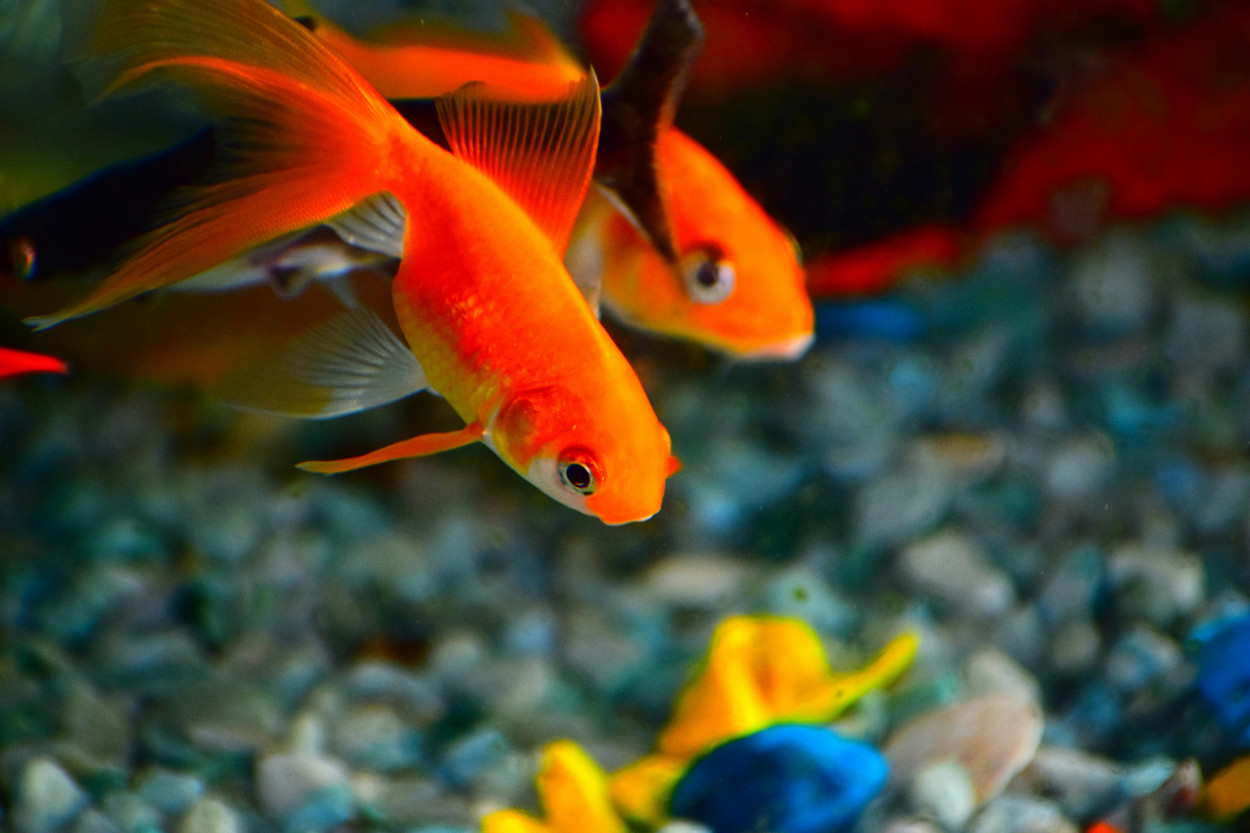When does a cat become rare? What do you think of how it looks? There are only a few of these creatures left on earth, or maybe they're only found in one part of the world? Cat fanciers' associations (CFAs) recognize the majority of rare breeds. Finding a reputable breeder is a good idea no matter what kind of cat or dog you want, whether it's rare or common.
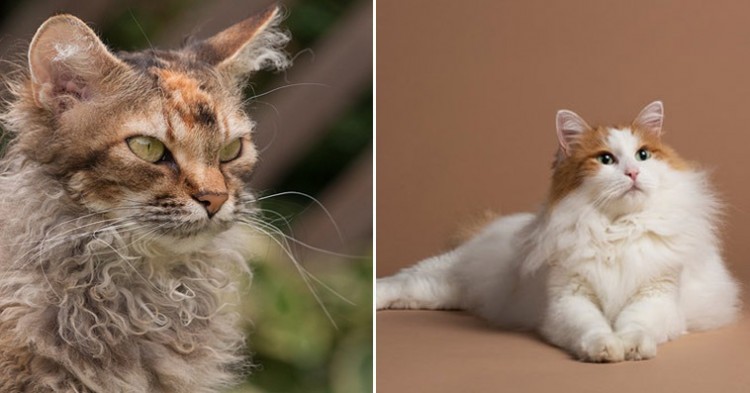
The following are some of the rarest cat breeds found around the world:
1. Turkish Angora
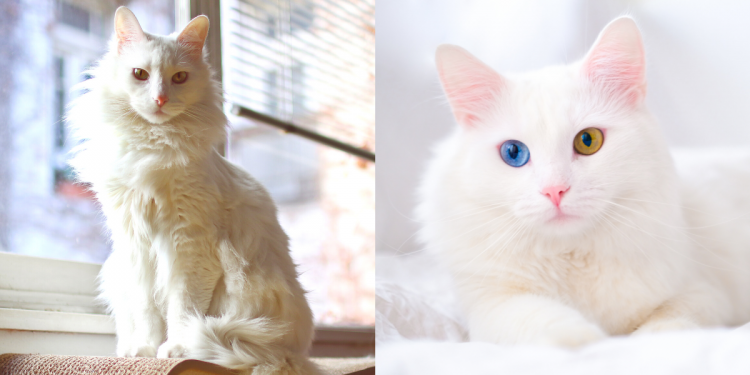
Turkish Angoras originate in Ankara (formerly Angora), Turkey, and have a distinctive white coat. In the 16th century, French documentaries began describing the Turkish Angora. The Turkish Angora was a well-established breed by the time Europe's cat fanciers began collecting cats in the late 1800s/early 1900s.
In Persia, some of the early breeding programs for Turkish Angora began in the 1900s but suffered from disappearance as a separate breed. Although the Turkish Angora is still rare today, they were bred at the Ankara Zoo to preserve the species. The Ankara Zoo bred cats with white coats and blue, gold, or odd (one blue, one gold) eyes. A pair of cats were adopted by an American colonel and his wife in 1962 from the Ankara Zoo. Several other Westerners acquired Turkish Angoras in the 1970s, of which North America became the official home of the breed.
2. Turkish Van
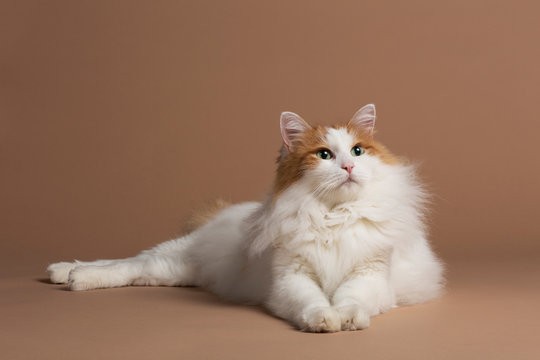
It wasn't until 1982 that the Turkish Van reached the United States. This breed of cat is considered a "regional treasure" in Turkey by its Cat Fanciers' Association, which has prompted the government to limit the number of cats exported across borders.
Although the breed has been around for centuries, they are still relatively rare in an area where they have been known for centuries.
You'll find that Turkish Vans are intelligent, affectionate, and energetic if you're lucky enough to meet one.
It seems as if there's something inherently magical about these cats that makes pet owners want them. These creatures are hard to ignore, we have to admit. We don't see hairless cats or cats with perms every day, after all. This is what makes them so unique.
3. European Burmese
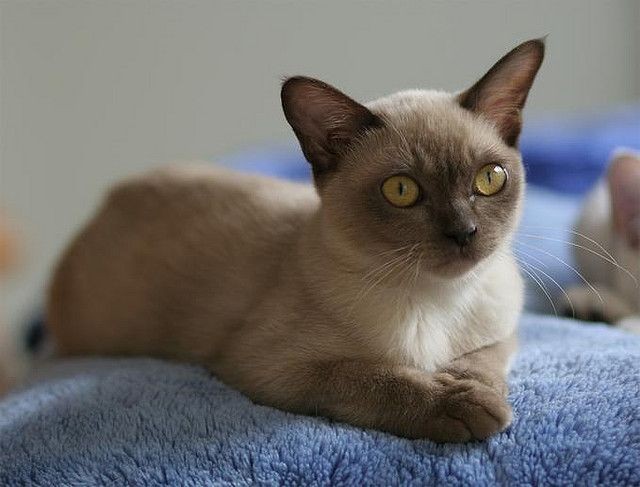
The CFA makes an exception to the generally accepted rule that most cat registries do not distinguish between regular Burmese cats and European Burmese. In 1930, the first Burmese cat brought to the U.S. was Wong Mau, whose lineage is all Burmese cats. The kittens that were born to Wong Mau and a Siamese were both solid and pointed in color. Eventually, the Burmese spread to the United Kingdom based on solid-colored cats.
Burmese breed standards differ in America and Europe, leading to differentiation. The European Burmese is thus relatively rare, while the American Burmese are more common.
4. American Bobtail
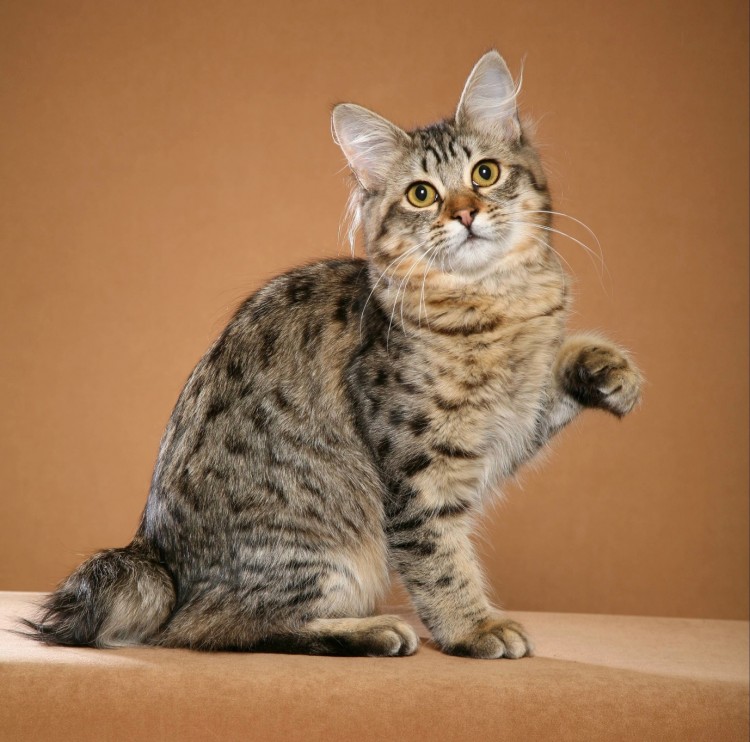
American Bobtails are naturally occurring feral cats, which were selectively bred in the late 1960s to improve their appearance. The short tail of an American Bobtail can be straight, slightly curved, kinked, or even have small bumps along its length. American Bobtails were developed from feral domestic cats with short tails, bred by breeders in the United States.
Their work eventually yielded the first true American Bobtails, which are large and robust. American Bobtails have never been crossed with any other breed. American Bobtails are known to be healthy and do not suffer from major health problems.
5. Kurilian Bobtail
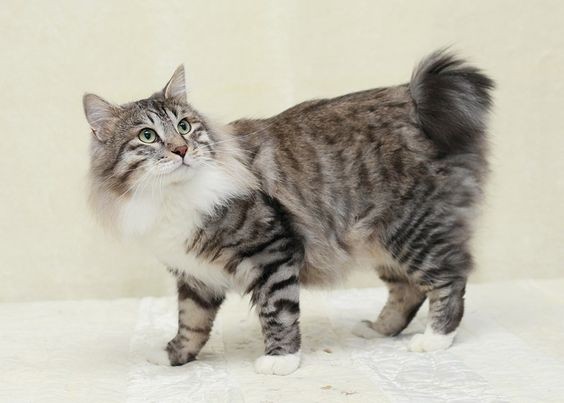
Kurilian Bobtails are rarely spotted in North America, despite being very popular in their birthplace, Russia. Kurilian Bobtails are less than 100 in the United States, according to The International Cat Association.
If you intend to purchase these cats, be warned: they shed a lot. The more maintenance they require, regardless of how long or how short their fur is, the more difficult it will be. The effort is well worth it with these stub-tailed beauties.
6. Devon Rex
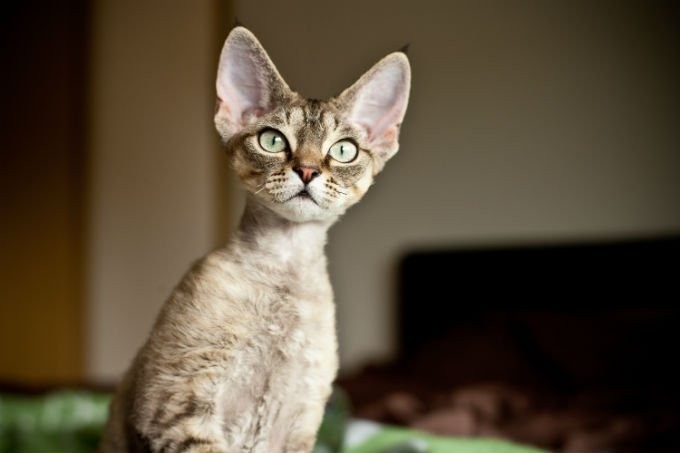
The name of this impish cat breed comes from their place of origin: Devonshire, England. Devon Rex's large ears and playful mouth have earned it the names "Pixie Cat" and "Alien Cat."
Cats like this are known for their silliness. Devon Rex enjoys playing with its owner and interacting with him.
7. Chartreux
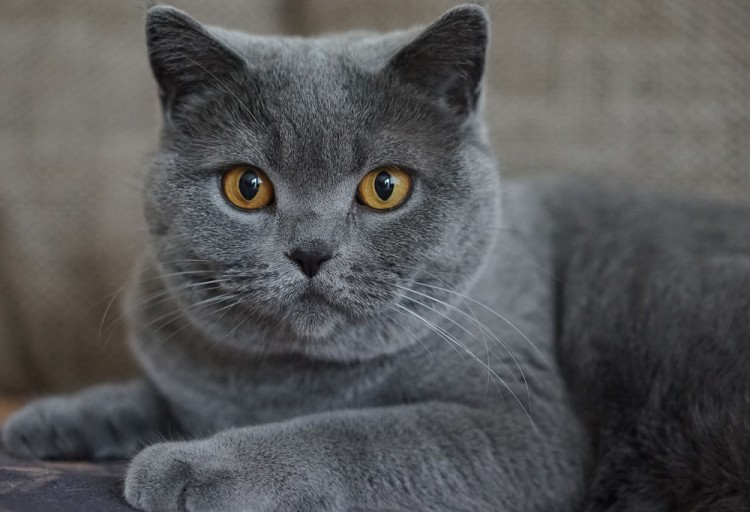
Chartreux cats are a rare breed from France believed to have ancient origins. Researchers believe that Chartreux probably originated in ancient Persia and came to France after the crusades. The first Chartreux were staples in French monasteries and became an important aspect of monks' lives.
Apparently, the Chartreux was named after the Carthusian monks who lived among them. In France, the Chartreux breed dates back to the early 16th century, which makes note of its distinctive coat texture and color.
8. Norwegian Forest Cat
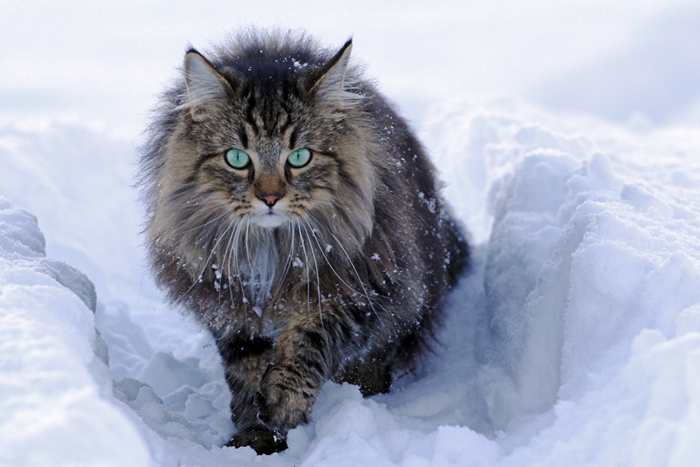
Photo source: @ochialexander47
Norwegian forest cats get their name from their origins in Norway. This natural European breed, known as the skogkatt in Norway, is descended from ancient Roman domestic cats. It is thought that cats have lived in Norway for hundreds of years according to Norse mythology. Norwegian Forest Cats have thick, waterproof fur that protects them against the cold Scandinavian winters. They nearly went extinct during WWII. Its large, hardy size may look intimidating, but they're social and people-oriented. In the 1980s, the Norwegian forest cat gained popularity in the U.S. It gained popularity in part because of its playful personality and athletic abilities.
Despite its popularity in Europe, the Norwegian Forest cat is rarely found in the United States.
9. Minskin
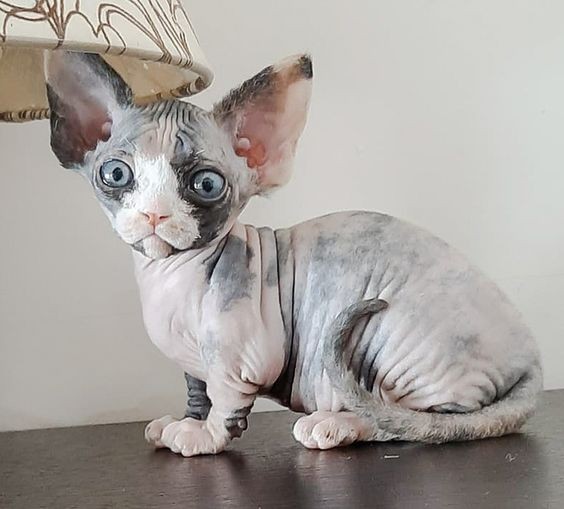
Photo source: thediscerningcat.com
A rare cat breed with an appearance that is truly unique. Originally conceived as a cross between the Sphynx and the diminutive Munchkin cat, the Minskin combines traits of both breeds. Their short, squat bodies were adapted from the munchkin and their thin coats from the sphynx, giving them a distinctive appearance.
The Minskin was first developed in 1998. July 2000 marked the birth of Boston's first Minskin cat. It is estimated that there were approximately 50 breed-standard Minskins as of 2005 and an additional 100 Minskins variants.
10. Tonkinese
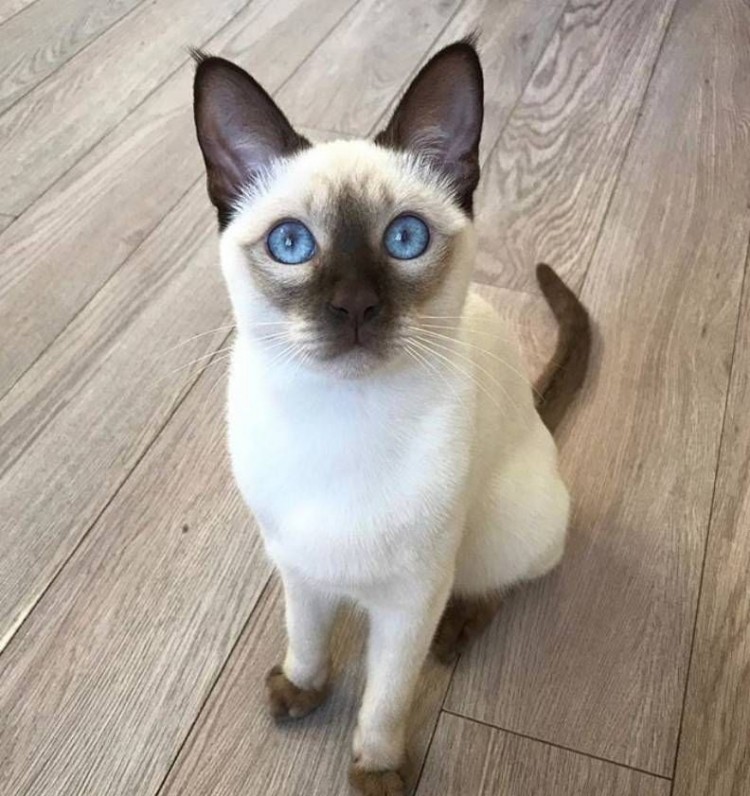
Photo source: www.thepaws.net
A cross between the Burmese and Siamese, the Tonkinese cat hails from Canada. Combining the two breeds resulted in vocal, intelligent, and engaging cats. Their aquamarine eyes make it impossible not to be attracted to them.
The Tonkinese breed originated in the 1960s. Although it wasn't known in 1930 when Wong Mau was brought to the United States, she was a Tonkinese, also known as a chocolate Siamese in the late 19th century.
11. Korat
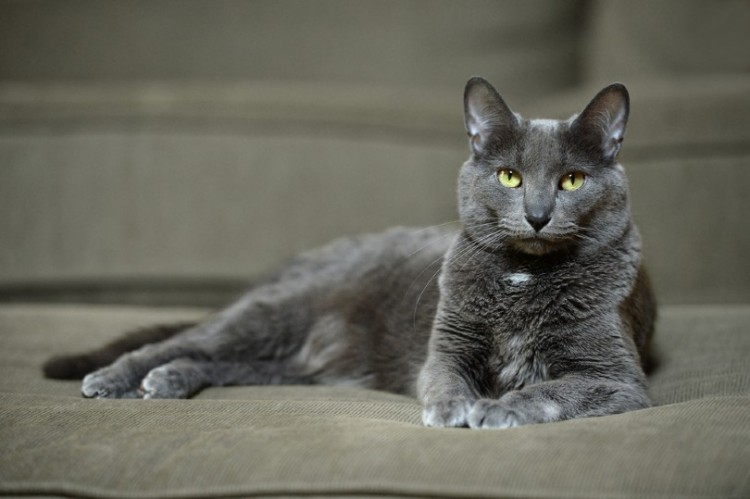
Photo source: excitedcats.com
It has been only a few decades since Korean cats became popular in the United States, but they have a long history. Originating in Thailand, the breed was first recorded in ancient artifacts dated to the 13th century. Due to their solid blue coats, relatively petite bodies, and wide, luminous eyes, these cats were first introduced to Europe in the 1800s and became known as "blue Siamese" cats. It was during the 1950s that Korats first arrived in the United States. Eventually, they were allowed to compete in championship classes by the American Cat Fancier's Association (ACFA).
12. Egyptian Mau
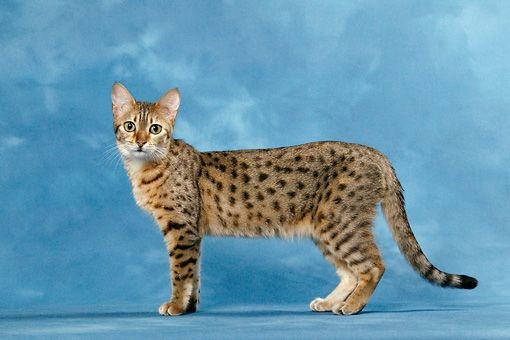
A stunning coat is one of the reasons Egyptian cats are often sought after since they are the only natural domesticated breed of spotted cats. The cats are praised for their companionship as well as the skills they use for hunting. Ancient Egyptian Maus may be one of the oldest domestic cat breeds, having been thought to be pets of the ancient Egyptians thousands of years ago. Maus was introduced to the United States during the 1980s when they captured the hearts of cat lovers.
13. Peterbald
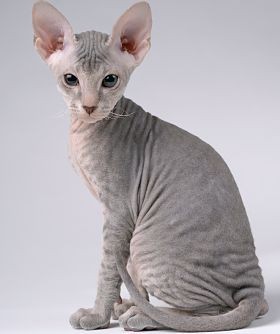
The history of Peterbald cats isn't very long, but it is fascinating. The first record of the cat came from a town in Russia called Don in the 1980s. Due to its hairlessness, it was known as the Don sphynx. In 1993, scientists in St. Petersberg, Russia, crossed an oriental shorthair cat with a Don sphynx to create the new breed. Their kitten became the foundation for the Peterbald breed. Peterbald was accepted by the ACFA as a championship class competitor in May 2008. Although rare in the United States, the breed is highly desired.
14. Serengeti
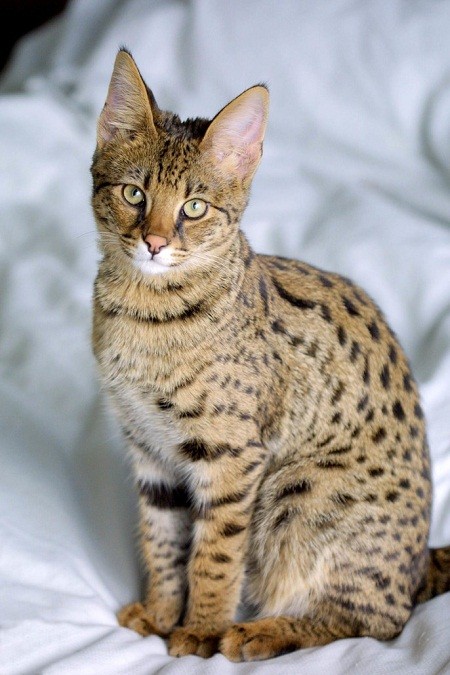
Photo source: www.catbreedselector.com
An Oriental Shorthair was crossed with a Bengal with the intention of creating a domestic cat that looks exotic and wild. A few breeders are operating in the U.S., Europe, Australia, and Russia, but they're a relatively new breed.
Serengeti cats are active cats who require a lot of attention from their owners aside from their regal looks.
The Serengeti cat was first created in 1994 and was registered by the International Cat Association as a 'developing breed.
15. LaPerm
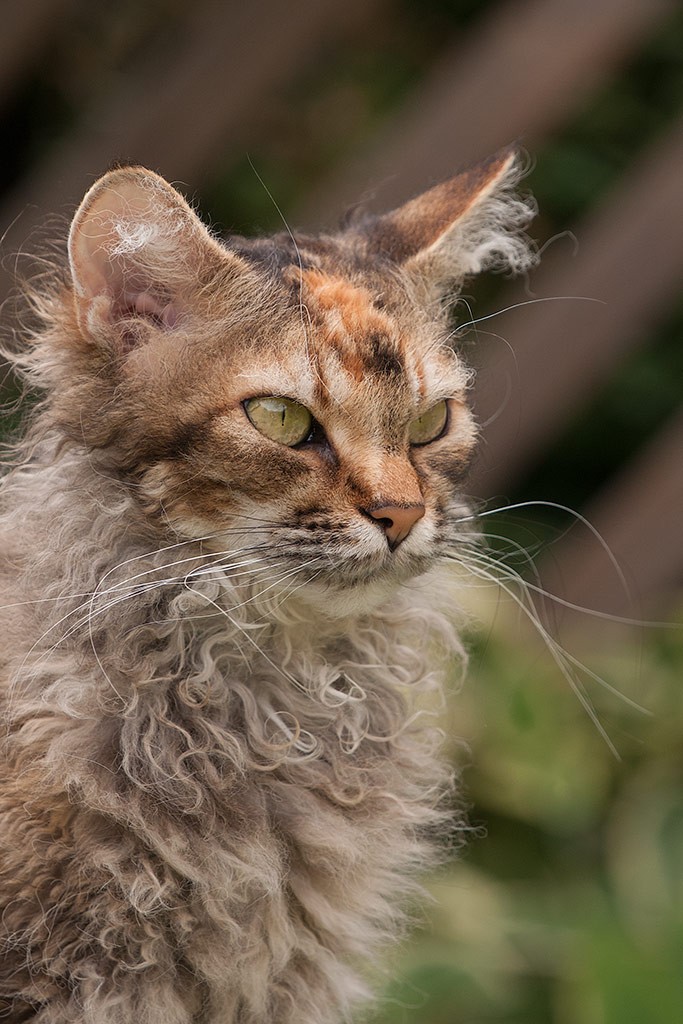
Photo source: commons.wikimedia.org
The kinky curls of this breed are reminiscent of popular hairstyles from the '80s. The first LaPerm kitten was born in 1982 on a farm owned by Linda Koehl in Oregon. Linda Koehl was surprised to find out that her brown tabby cat had given birth to a curly-haired kitten. The unique cat, named Curly, began a breeding program after Koehl was inspired by it. Koehl did not try to selectively breed this curly-haired cat over the next decade, but more kittens were being born on Koehl's farm. When Koehl isolated a few curly-haired cats, he discovered the curly gene was dominant in both parents. Its curls and waves led Koehl to name it LaPerm. This friendly LaPerm has a clownish personality and gets into mischief often.
A LaPerm is known for its extremely curly fur, which comes in a range of colors and patterns. There are several types of coats for this breed, ranging from wavy to ringlet-tight or long twisted curls.
16. Sokoke
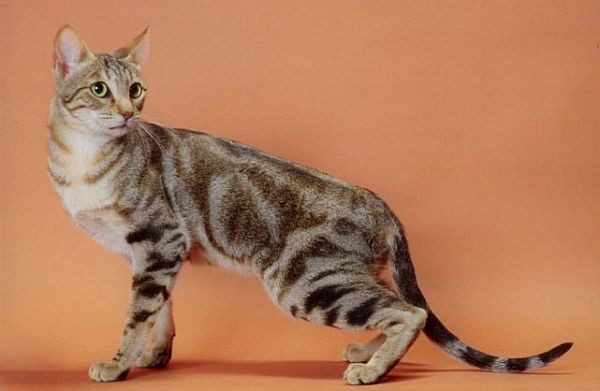
Photo source: www.dogalize.com
According to the Cat Fancy Governing Council in the UK, the Sokoke is a rare domestic cat breed. The Sokoke area of eastern Kenya is home to this feline.
DNA tests have shown the breed is not a hybrid cross between domestic cats and wild cats. The friendly and energetic breed is actually descended from the wild cats of Arabia, who were Asian cats.
17. Burmilla
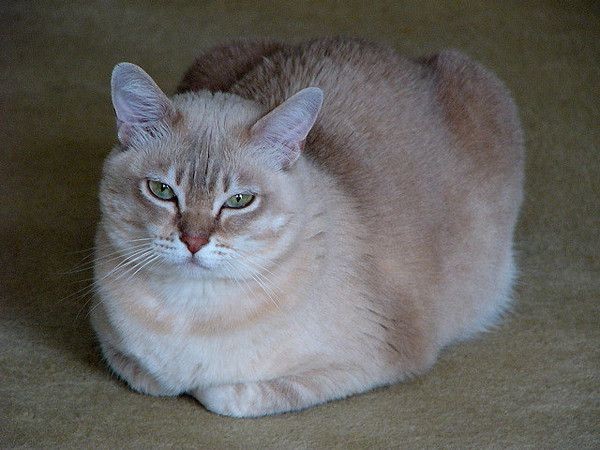
Photo source: www.catster.com
As a result of Burmilla development During the 1980s in England, an accidentally mated lilac Burmese and silver Chinchilla resulted in this mutant. The Chinchilla is promoted as having Chinchilla colors while possessing the shape, coat, and temperament of the Burmese.
18. Havana Brown
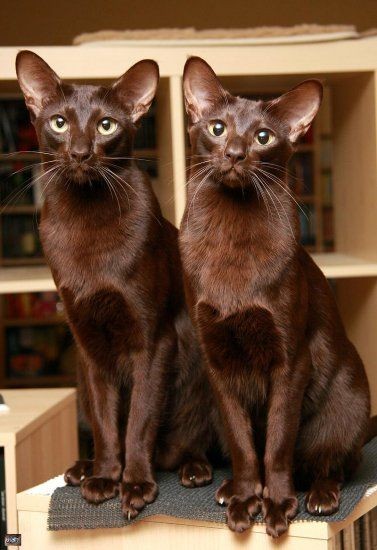
A group of British cat fans created Havana Browns purposefully in England in the early 1950s. To produce the chocolate brown Havanas, the group crossed chocolate point and seal point Siamese cats with black domestic shorthairs. As part of the breed development program, Russian Blues were included in the breeding stock early on. In 1958, the Governing Council of the Cat Fancy (GCCF) first recognized Havana Brown as an official breed. When the breed was first introduced, it was called the Chestnut Foreign Shorthair. It was renamed the Havana Brown in 1970.
Generally, the Havana Brown breed standard in North America still follows the original Havana Browns that were brought here in 1950.
In 1998/1999, to increase the genetic pool for the Havana Browns, North American breeders were allowed to start breeding selected colors of Oriental Shorthairs and chocolate or seal point Siamese to increase the stock of Havana Browns.
19. American Wirehair
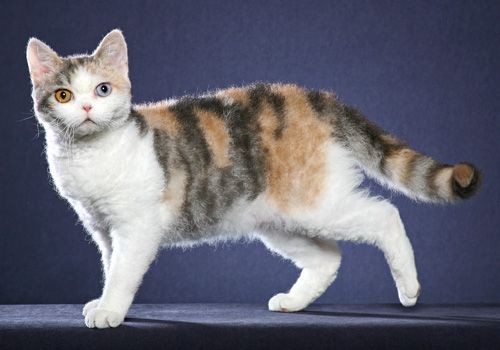
Photo source: tica.org
American Wirehair kittens are rare breeds that arose as a genetic mutation in a litter of six domestic shorthair kittens on Council Rock Farm in Verona, New York. The kitten with the sparse, wiry coat and crimped whiskers ended up with a warty appearance. Genetic mutations of this type are so rare that they have not been found in other countries.
Since 1967, the CFA has accepted American Wirehairs for registration as a breed, but the breed always appears at the bottom of the list of accepted breeds. American Wirehair cats are the world's rarest cat breed due to their consistently low registration numbers.
20.Scottish Fold
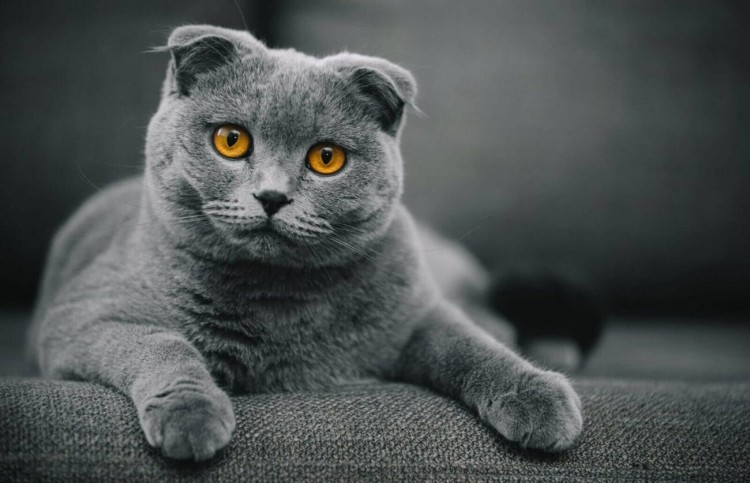
Photo source: filmdaily.co
A Scottish Fold cat is named after its folded ears. There is a gene that plays a role in folding Scottish ears, but the gene is not entirely dominant, so not all Scottish folds have folded ears. It doesn't matter how you look at it, these cats are adorable. An original Scottish fold was bred in Scotland in the 1960s so that it could be exported throughout the country due to its distinctive folded ears. Today, they are popular pets among celebrities around the world, including Taylor Swift from the United States.
21. Sphynx
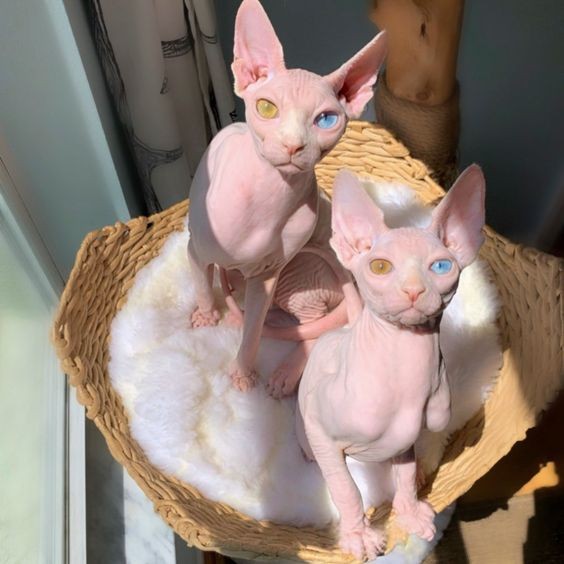
Photo source: https://blog.theanimalrescuesite.greatergood.com
Breeds of sphynx are easily recognizable by their giant ears and hairless bodies. If you suffer from severe allergies, these cats are the perfect pets for you. Due to the lack of hair on their bodies, these felines are almost always cold, meaning they tend to seek warmth wherever they can. The history of hairless cats dates back thousands of years, including Egypt in ancient times. The American Sphynxes are descendants of cats with natural mutations that prevent them from growing hair, who lived in Minnesota and Canada in the 1800s. Although there are some various other hairless breeds. As a breed, the sphynx is characterized by exceptional sociality. Sphynxes are playful and affectionate toward their owners.
22. British Shorthair
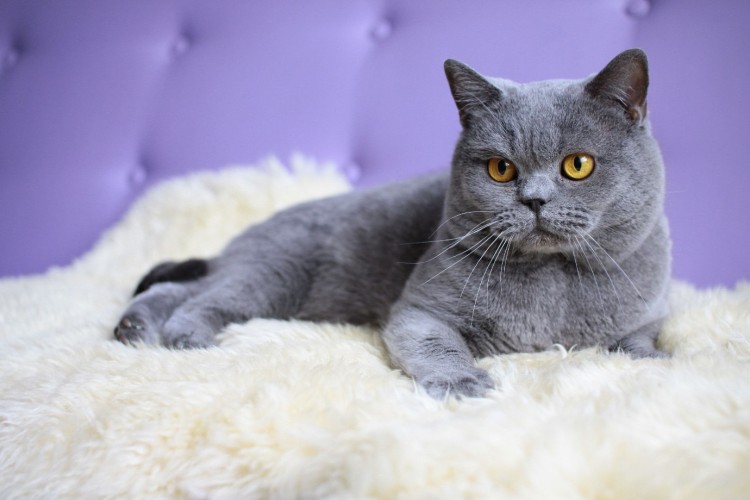
Photo source: https://wallpaperaccess.com
For those seeking a mischievous or goofy cat, the British shorthair might not be right for you. As a result, they are calm, reserved, and generally quiet. It is likely that British shorthairs were imported by the Romans during their invasion of Great Britain in the first century A.D. Due to their blue-grey coats, British shorthairs are also referred to as British blue cats. In 1967, the American Cat Association recognized them. The breed is rare, but they are known to be excellent companion animals.
23. Bombay
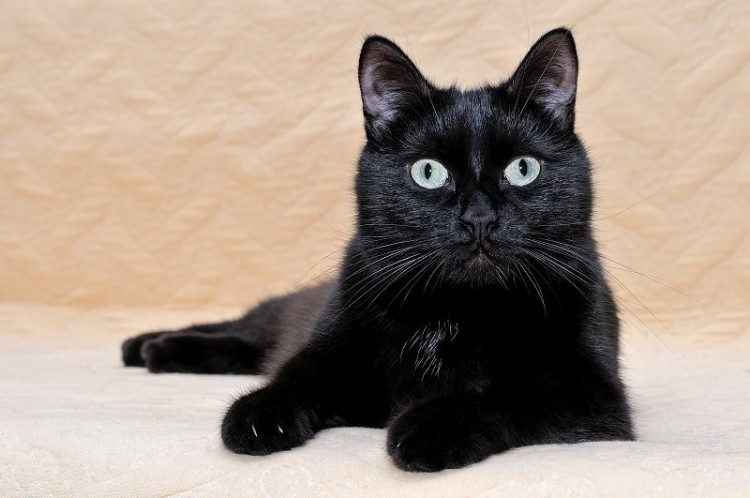
Photo source: https://animalpath.org
A sleek coat and copper eyes make this black cat look like a small panther. An American Shorthair hybrid, the Bombay is a cross between sable-coated Burmese and black American Shorthair. This is a playful cat that is intelligent and affectionate, this is one of the best companions you could ever have.
24. Singapura
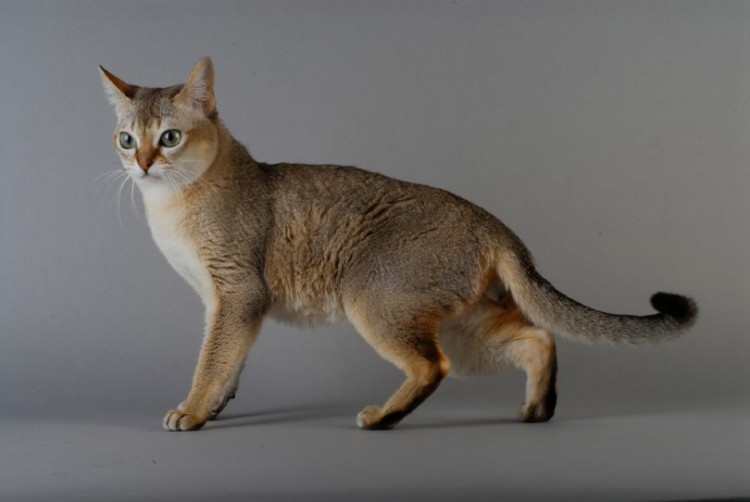
Photo source: https://excitedcats.com
Originally from Singapore, this short-haired cat is affectionate, but can also be demanding. They were introduced to the United States in the 1970s, and they are an excellent choice for a pet because they are intelligent and playful.
25. Siberian
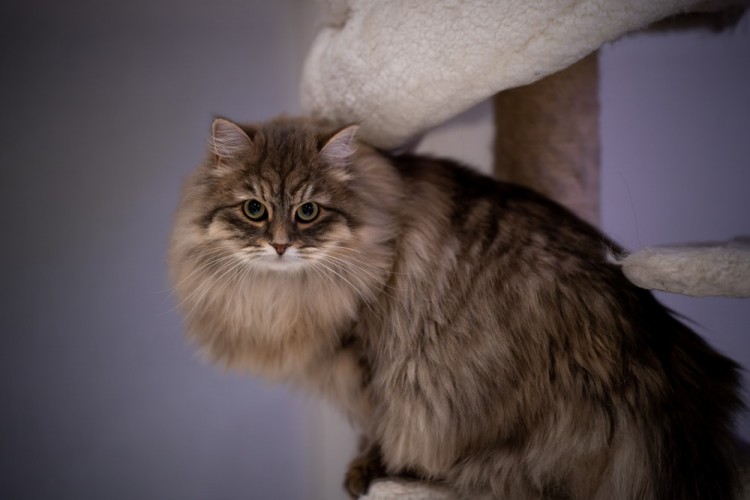
Photo source: https://unsplash.com
A cat of this breed is very rare outside of its country of origin since it is native to Russia. The original purpose of this cat was to control rodents, but it is now a loyal companion. Cats like to play with each other unlike most others Have fun in the water And could get used to taking a bath.





